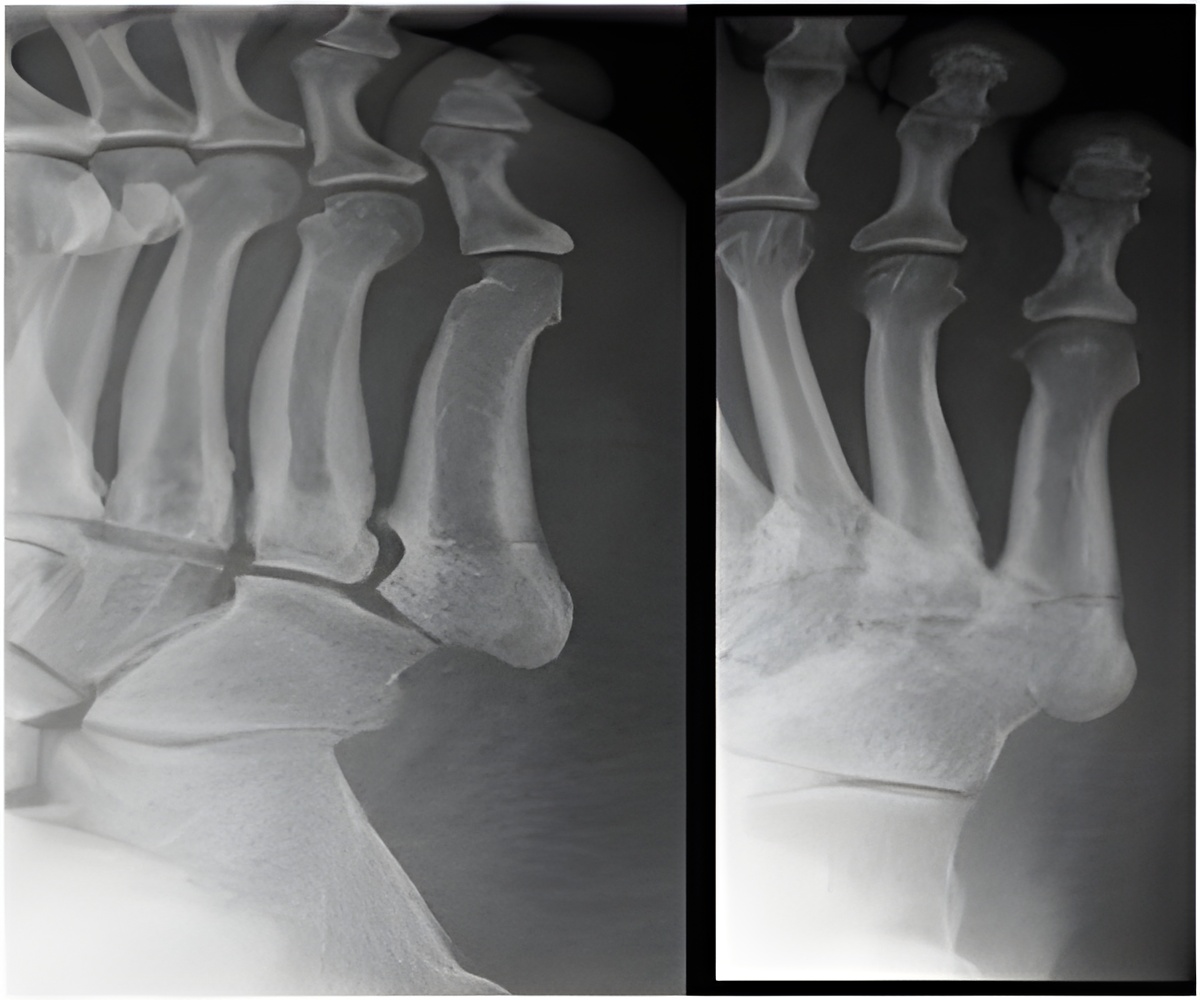Researchers report that synthetic silicate nanoplatelets (also known as layered clay) can induce stem cells to become bone cells without the need of additional bone-inducing factors.

"With an aging population in the US, injuries and degenerative conditions are subsequently on the rise," said Ali Khademhosseini, PhD, BWH Division of Biomedical Engineering, senior study author. "As a result, there is an increased demand for therapies that can repair damaged tissues. In particular, there is a great need for new materials that can direct stem cell differentiation and facilitate functional tissue formation. Silicate nanoplatelets have the potential to address this need in medicine and biotechnology."
"Based on the strong preliminary studies, we believe that these highly bioactive nanoplatelets may be utilized to develop devices such as injectable tissue repair matrixes, bioactive fillers, or therapeutic agents for stimulating specific cellular responses in bone-related tissue engineering," said Akhilesh Gaharwar, PhD, BWH Division of Biomedical Engineering, first study author. "Future mechanistic studies will be performed to better understand underlying pathways that govern favorable responses, leading to a better understanding of how materials strategies can be leveraged to further improve construct performance and ultimately shorten patient recovery time."
Source-Eurekalert
 MEDINDIA
MEDINDIA


 Email
Email





